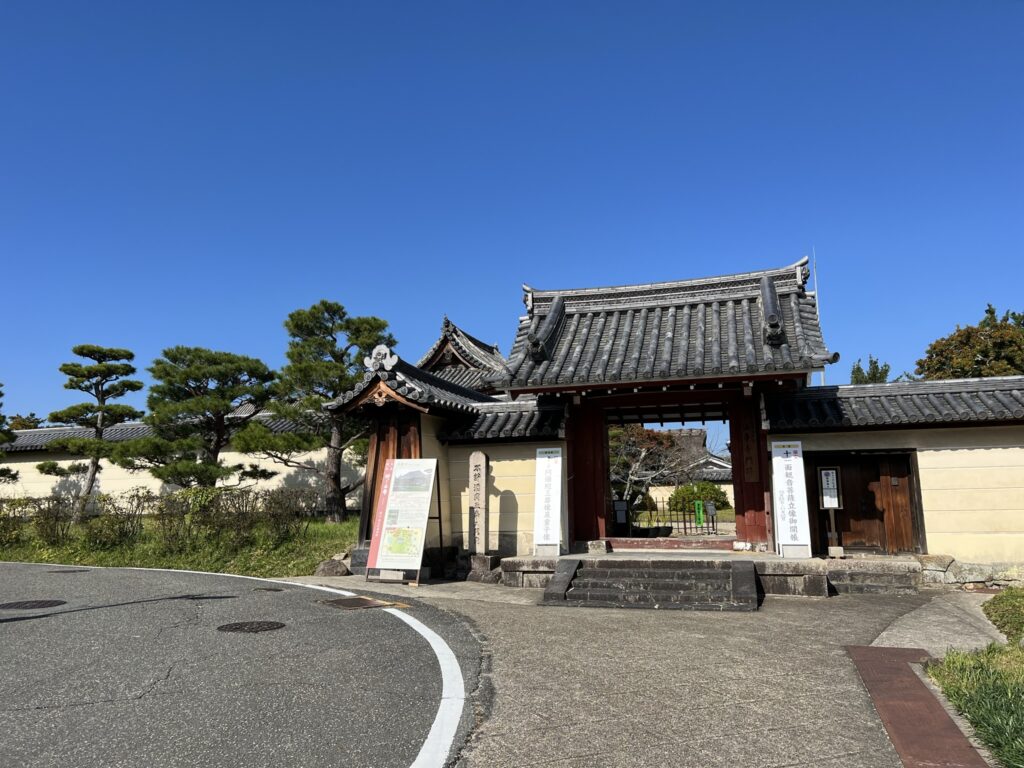
Hokkeji Temple, founded in the 8th century by Empress Komyo, is an important historical and cultural site in Nara. The temple complex includes several beautiful structures and gardens, providing a serene atmosphere for visitors. The main hall houses a National Treasure ‘the Eleven-faced Kannon’, a masterpiece of Nara period sculpture, and the temple’s grounds are adorned with seasonal flowers, making it a picturesque destination throughout the year.
History
While it is well known that Emperor Shomu established Todai-ji as the head temple of provincial temples, fewer people might know that his consort, Empress Komyo, founded Hokkeji Temple as the head provincial nunnery. Empress Komyo was a major patron of Buddhism during the Nara period, alongside Emperor Shomu, and was known for her compassion towards those suffering from illness. Hokkeji Temple houses a beautiful Eleven-faced Kannon statue, said to depict Empress Komyo herself, which continues to captivate many visitors.
Temple Ground
Upon passing through the temple’s entrance, you will see the bathhouse (“Karafuro”) directly in front of you. This symbolic building is associated with Empress Komyo and the famous story of her vow to cleanse a thousand people of their impurities herself. Notably, the bathhouse, which follows the steam bath format, was open to the public.
To the left of the Karafuro, a pristine area covered with white gravel spreads out, where you will find a particularly beautiful bell tower and the main hall. The main hall was restored in 1601 during the Momoyama period, thanks to a donation from Lady Yodo, the wife of Toyotomi Hideyoshi.
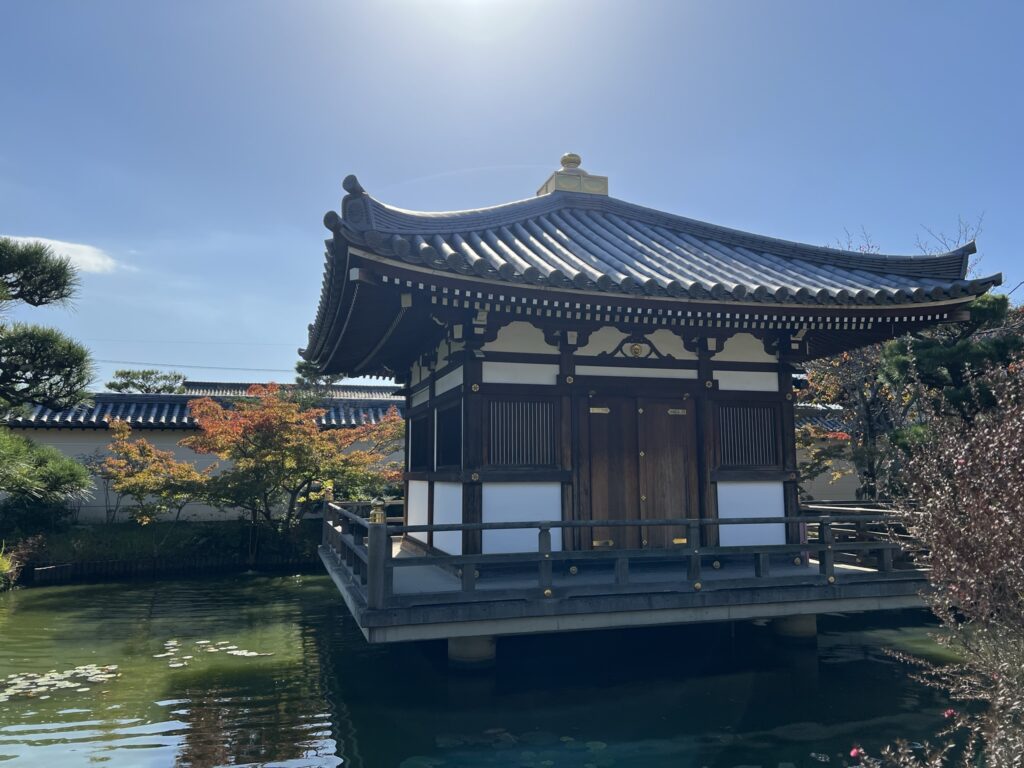
Buddha
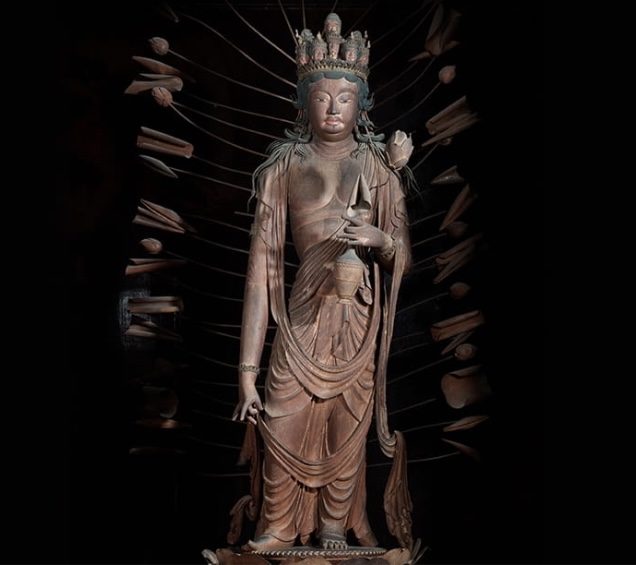
The renowned National Treasure Eleven-faced Kannon Bodhisattva statue is smaller than one might imagine, standing about one meter tall. It is intricately and beautifully carved, often described as ‘single-block sculpture carved from a Japanese nutmeg-yew tree (kaya)’. Having been a secret Buddha for a long time, its preservation is excellent, and standing before it, one can feel an almost magnetic attraction. It may seem irreverent to describe it as “sexy,” but the slight curve of the right foot stepping forward, the full lips, and the lotus buds and leaves spreading out like a thousand hands in the background seem to invite us to the Pure Land, making it endlessly fascinating to gaze upon.
Other Treasures
Hokke-ji Temple also houses many National Treasures and Important Cultural Properties, including several remarkable Buddhist statues. Although not officially designated, there are multiple statues of Prince Shotoku as a child, which may signify the deep devotion to Prince Shotoku shared by Empress Komyo and her mother, Tachibana Michiyo. Tachibana Michiyo was also a patron of Horyu-ji Temple, as indicated by the National Treasure statue of the Amida Buddha’s attendants (believed to be her personal devotional image) preserved there. After her mother’s death, Empress Komyo is believed to have continued this support.
- Seated Statue of Vimalakirti (National Treasure) – Nara Period
- Amida Triad with Attendant Figures (National Treasure) – Heian Period
- Head of Shakyamuni Buddha (Important Cultural Property) – Period unknown
- Heads of Two Heavenly Kings (Important Cultural Property) – Nara Period, believed to represent Brahma and Indra
Offerings
At Hokke-ji Temple, you can receive various items, including goshuin (temple stamps).
“Omamori Inu” (Guardian Dog Charm)
This charm carries on the tradition of the dog-shaped amulet that Empress Komyo is said to have crafted by hand. The temple’s head priestess and nuns carefully make the “Omamori Inu” by kneading together the ashes and soil from the temple’s Gomado Hall. The charm has a simple, endearing look and is believed to bring protection from misfortune, longevity, and safe childbirth.
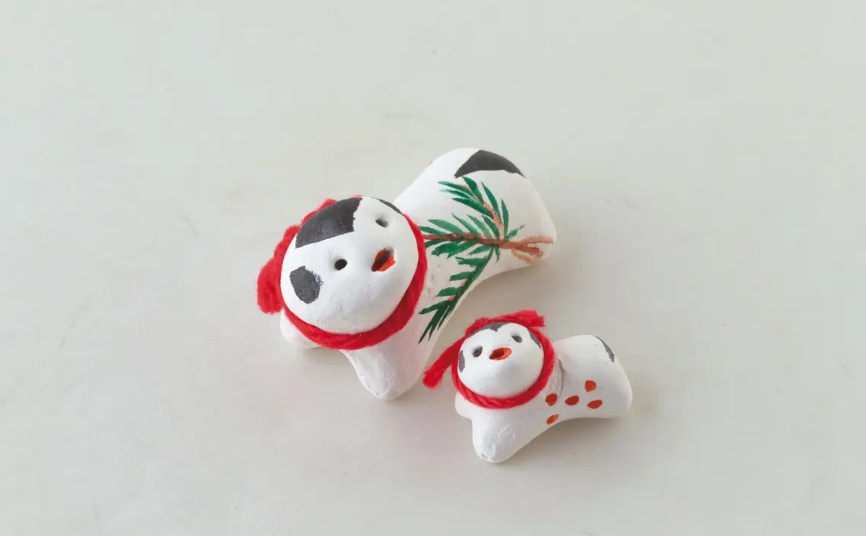
“Komyo Chasen” (Komyo Tea Whisk)
A special tea whisk is available at Hokke-ji Temple, featuring five-colored threads tied around its neck, flowing elegantly. These threads are thought to imitate those tied to the brush used for the consecration ceremony of the Great Buddha. The whisk has a graceful appearance, making it a unique item.
Flowers
Hokke-ji Temple has two gardens where visitors can enjoy seasonal flowers throughout the year. Particularly noteworthy is the Hokke-ji Lotus in the Karakuen Garden, with its delicate beauty—pure white petals tinged with a soft pink at the edges.
Spring: Plum blossoms, cherry blossoms, spirea, iris
Summer: Lotus, bellflowers
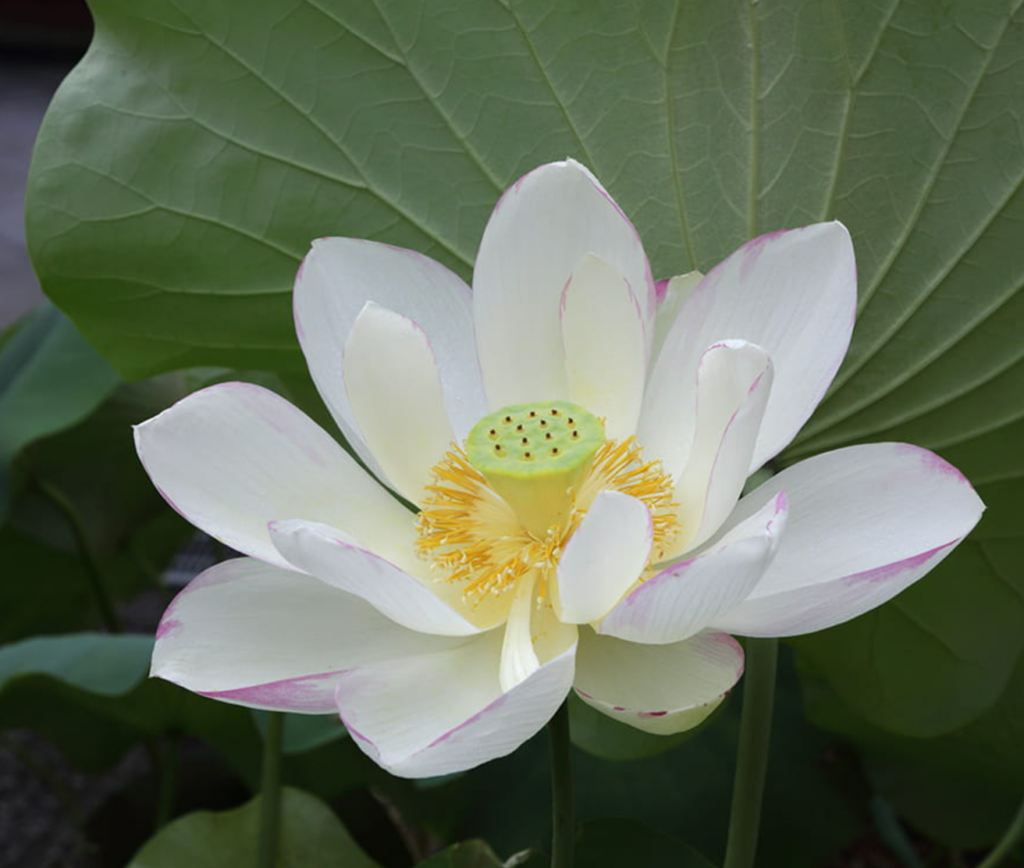
Access
From bus stop No. 13 at the Takama Intersection, take the Nara Kotsu Bus bound for “Yamato Saidaiji Station (Japan Air Self-Defense Force)” and get off at Hokke-ji Temple. It’s about a 3-minute walk from there.
Address:
882 Hokkejicho, Nara City, Nara 630-8001
Phone:
+81-742-33-2261
Visiting Hours:
Gate opens at 9:00 AM, closes at 4:30 PM

